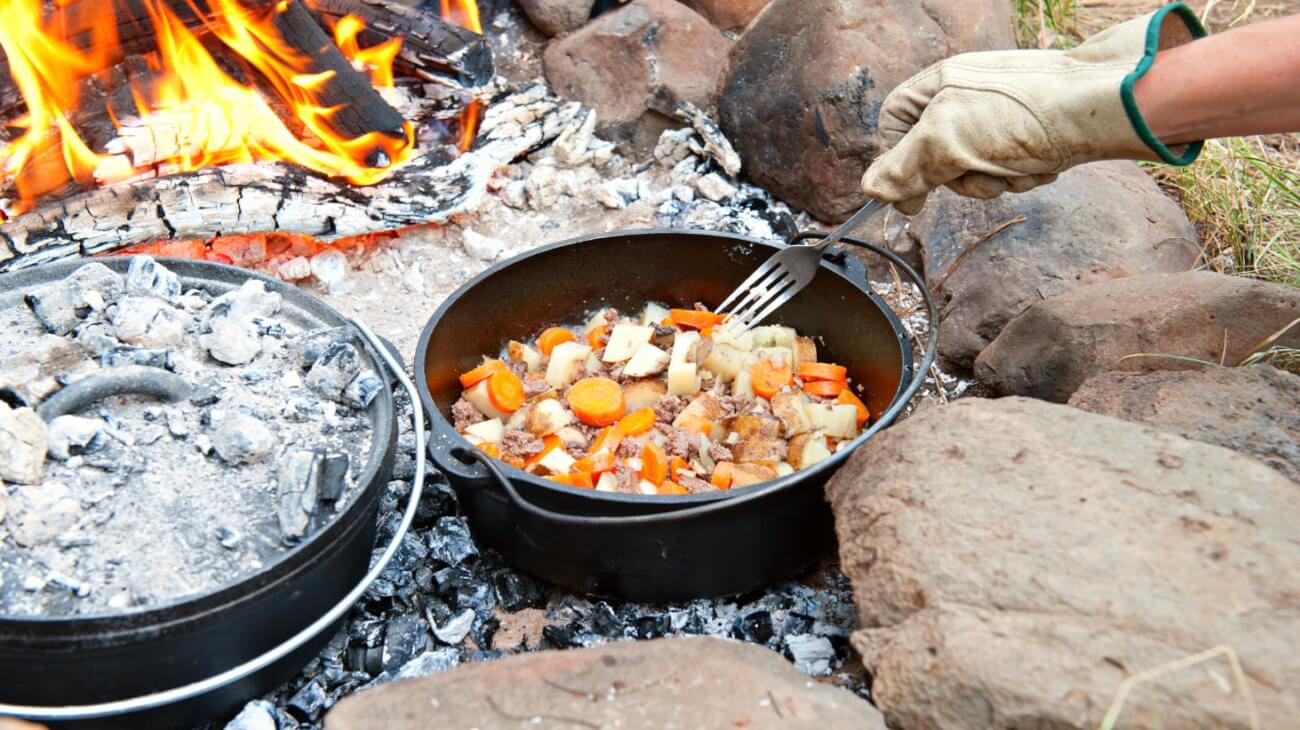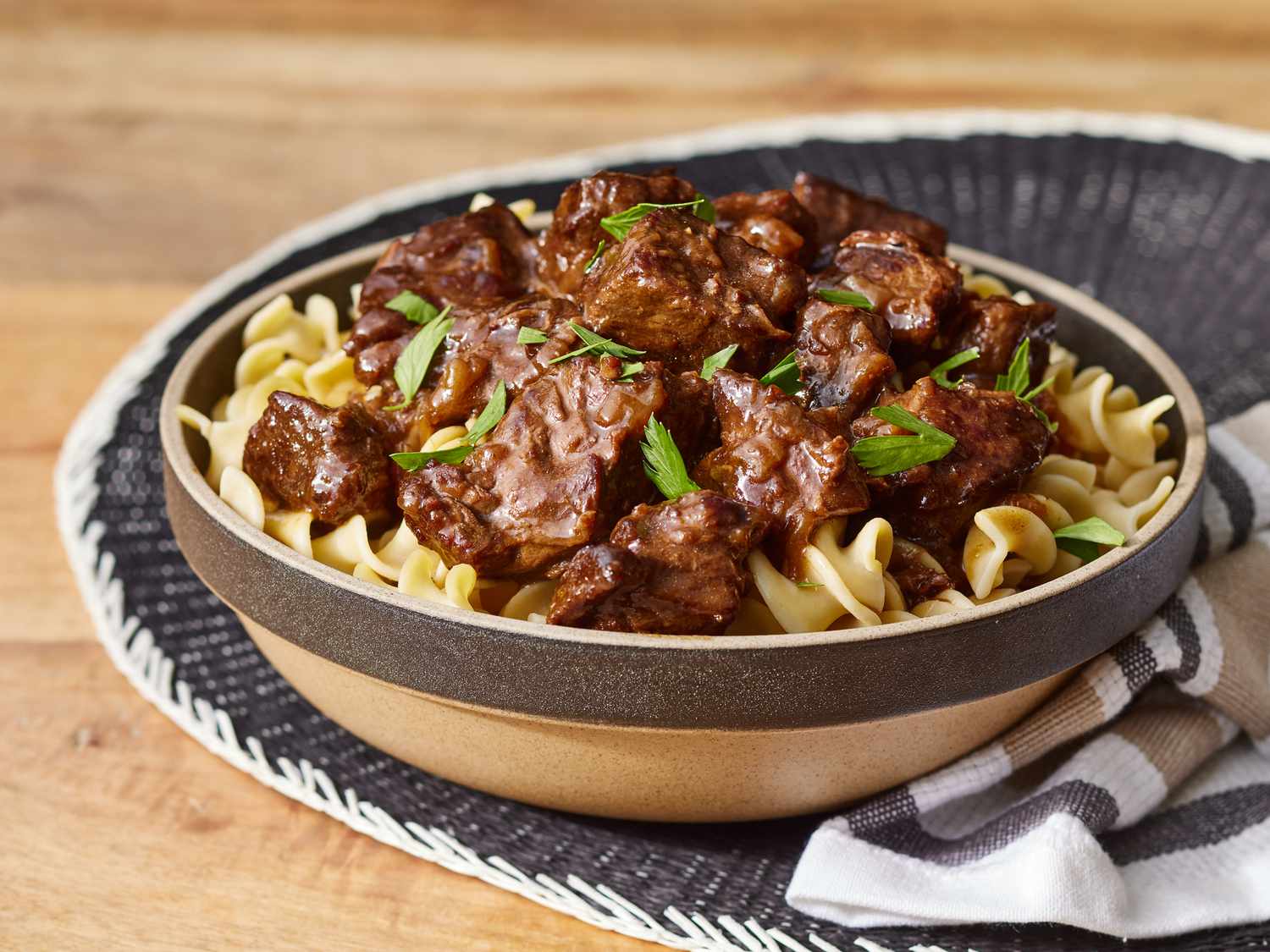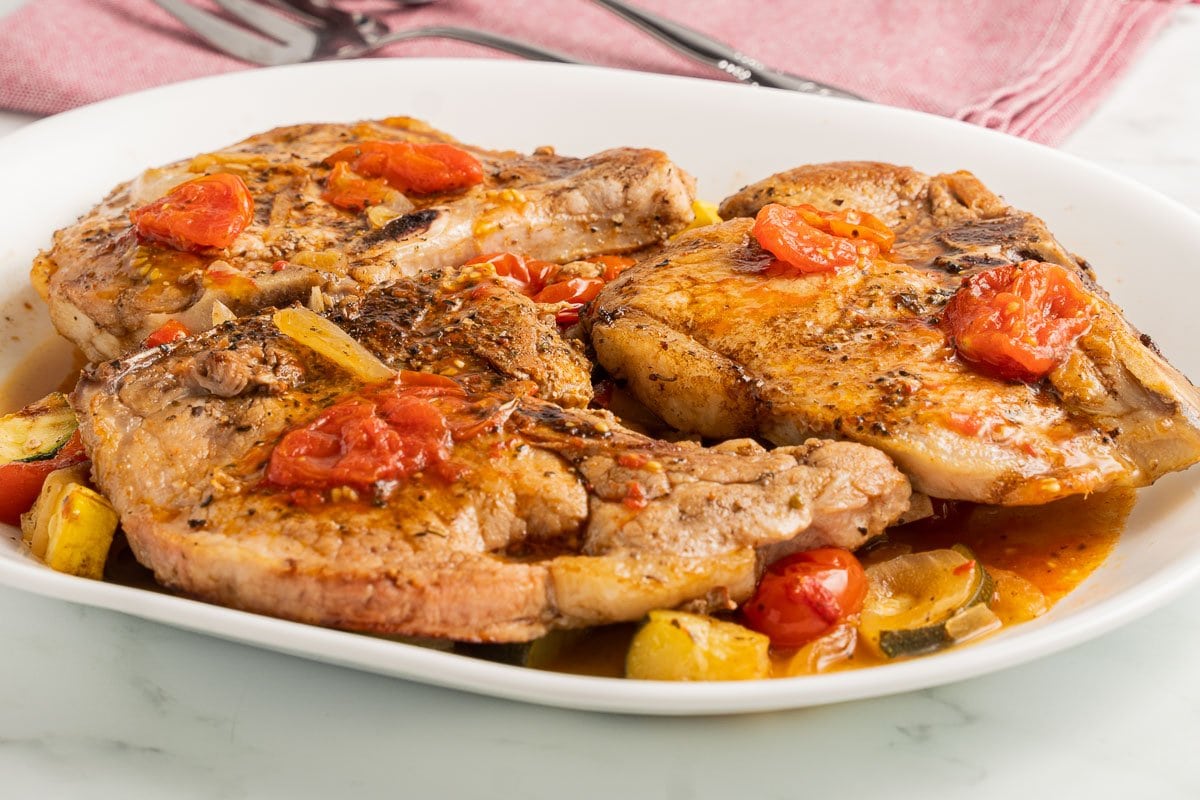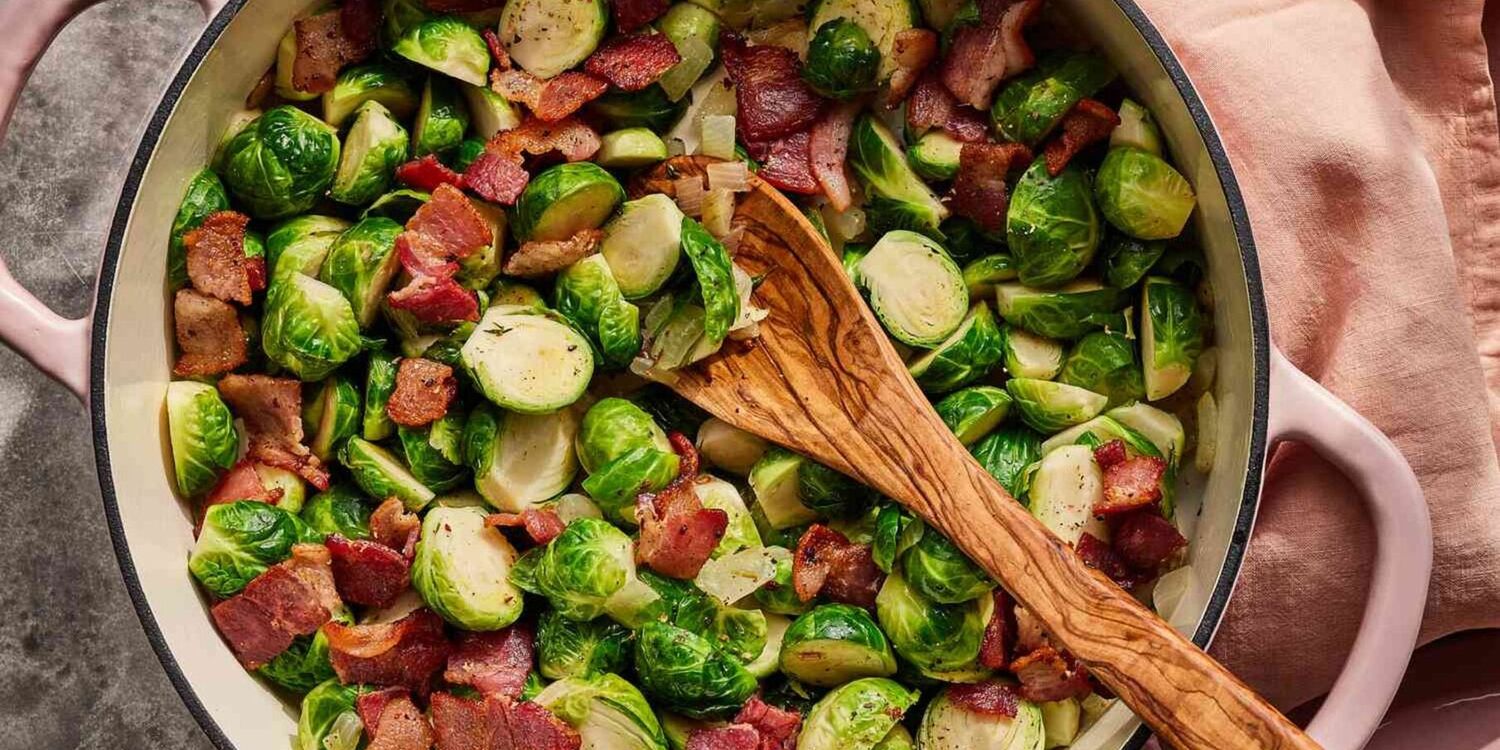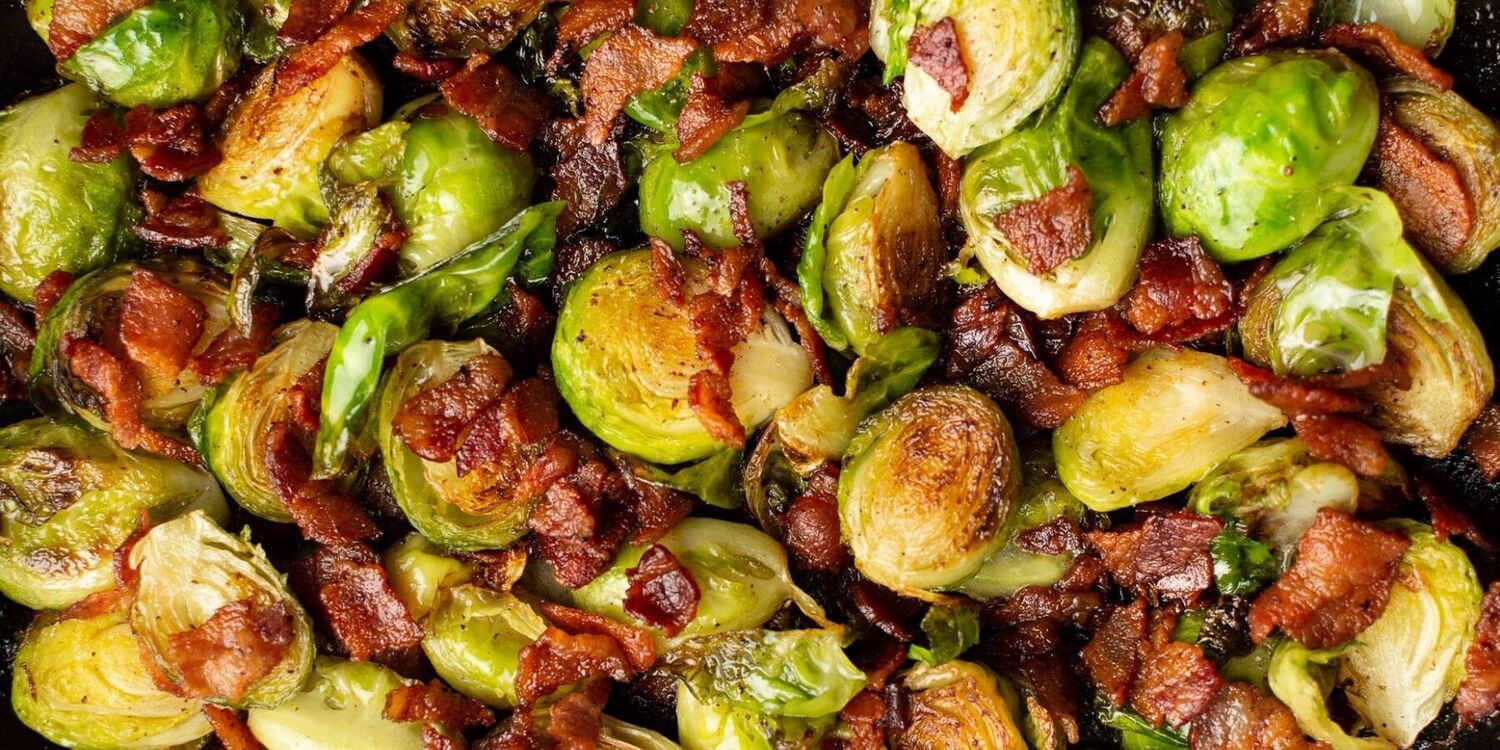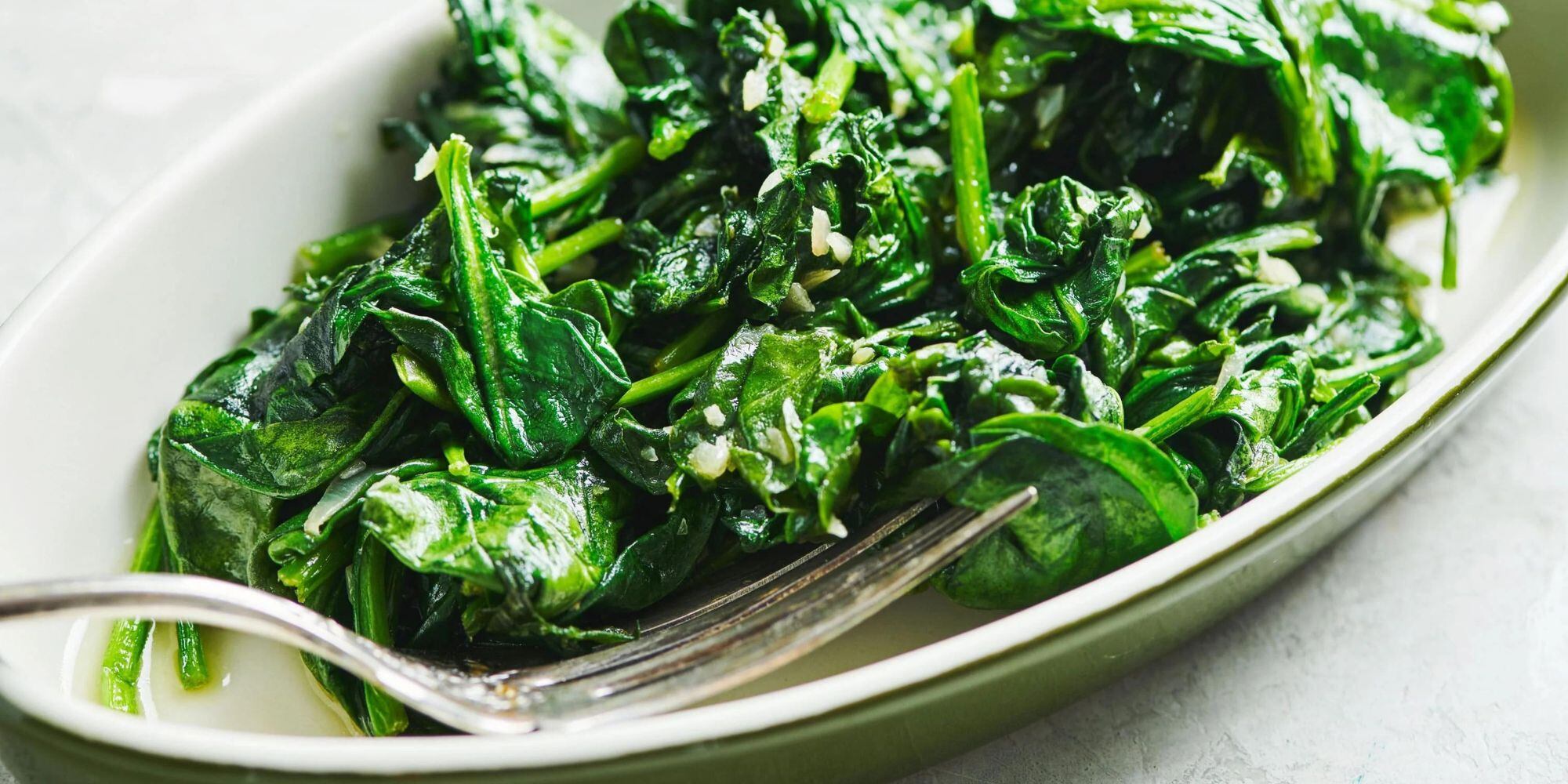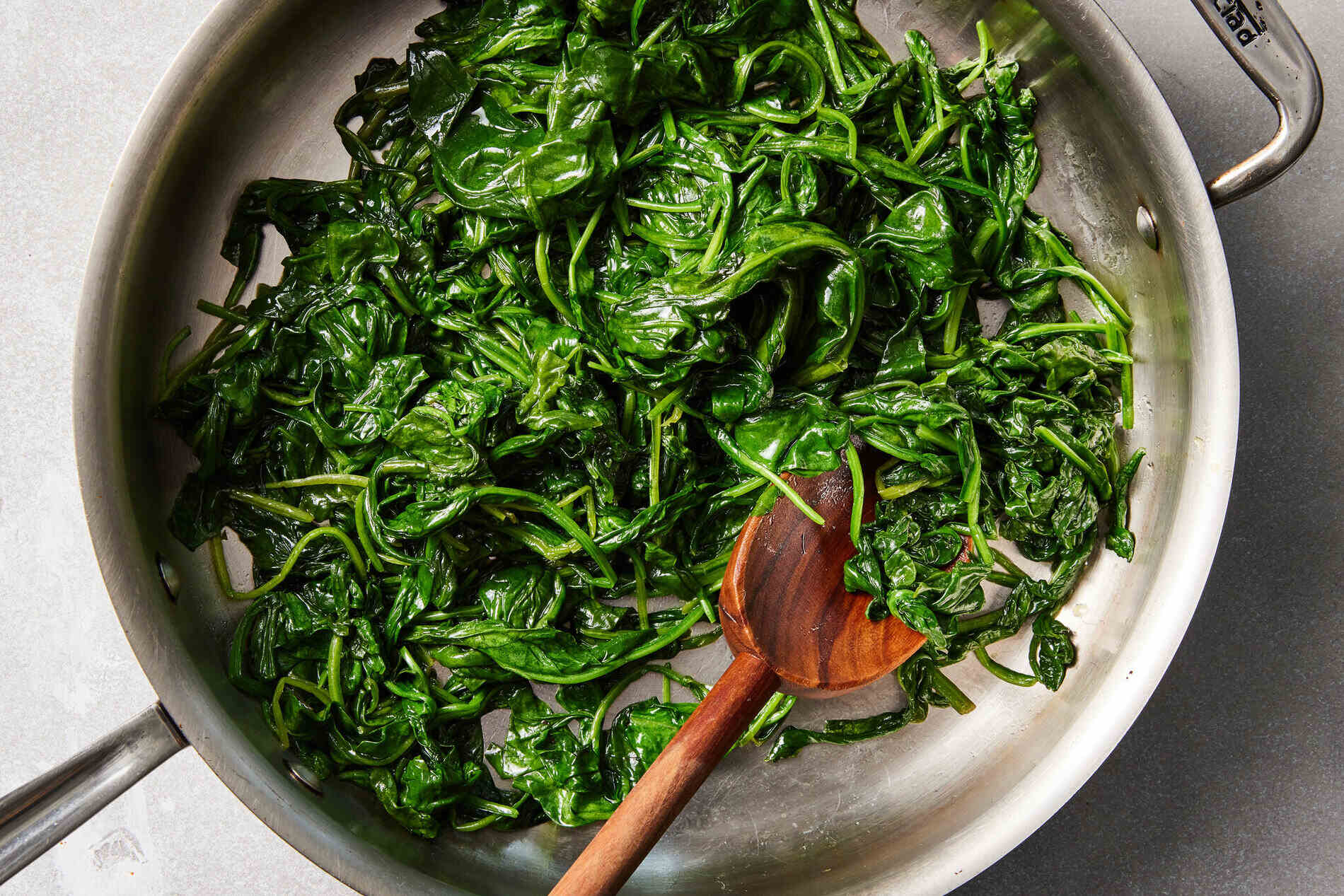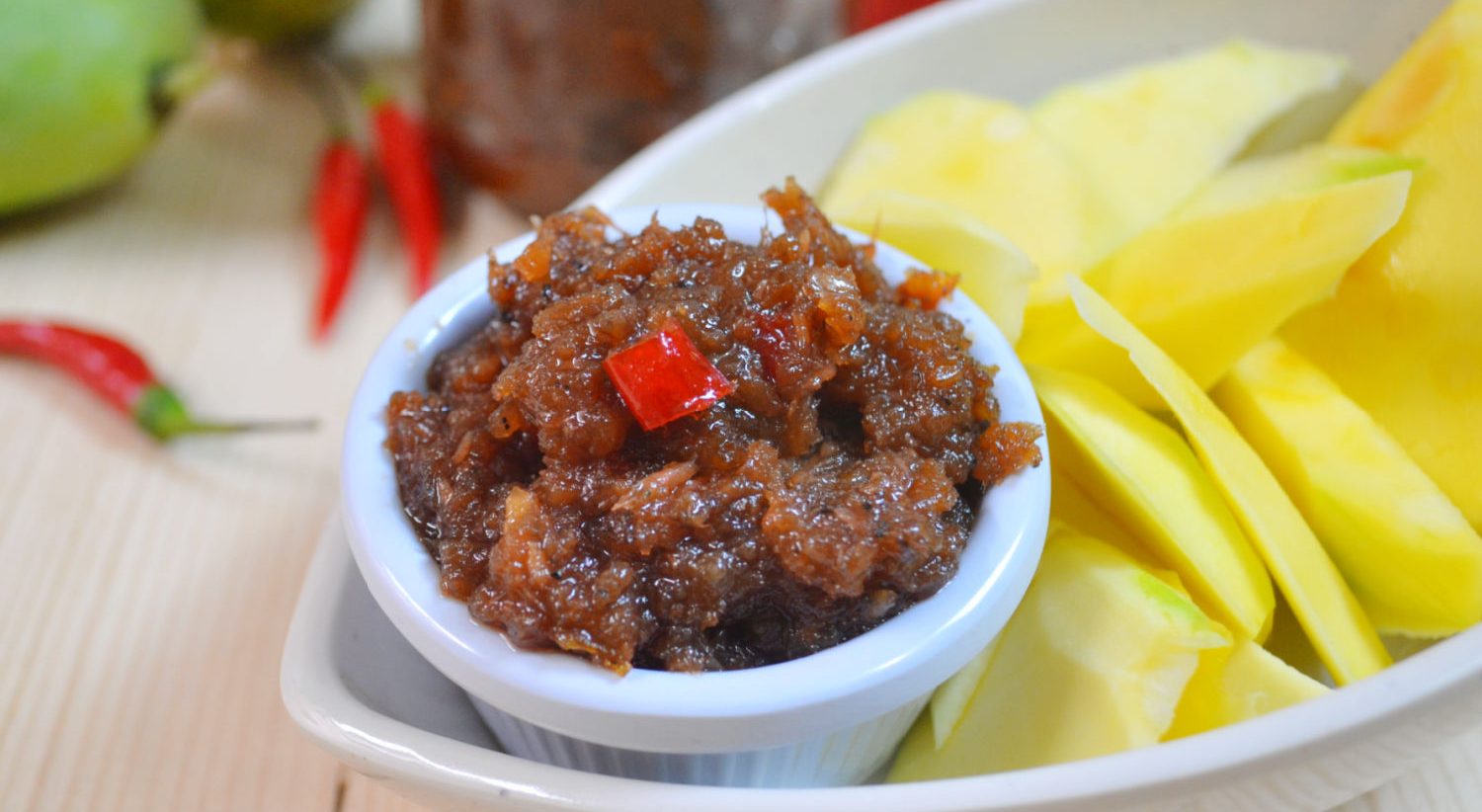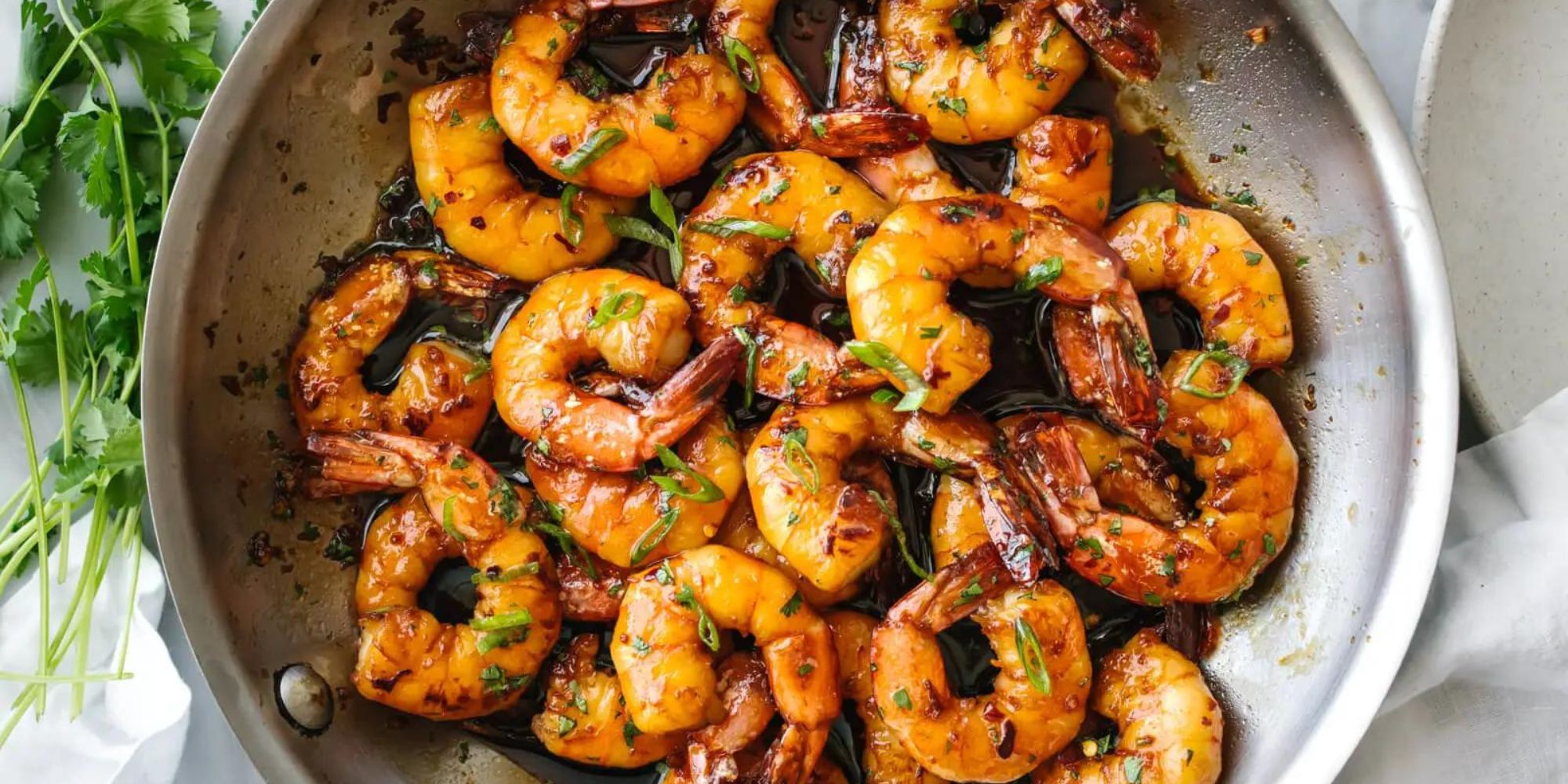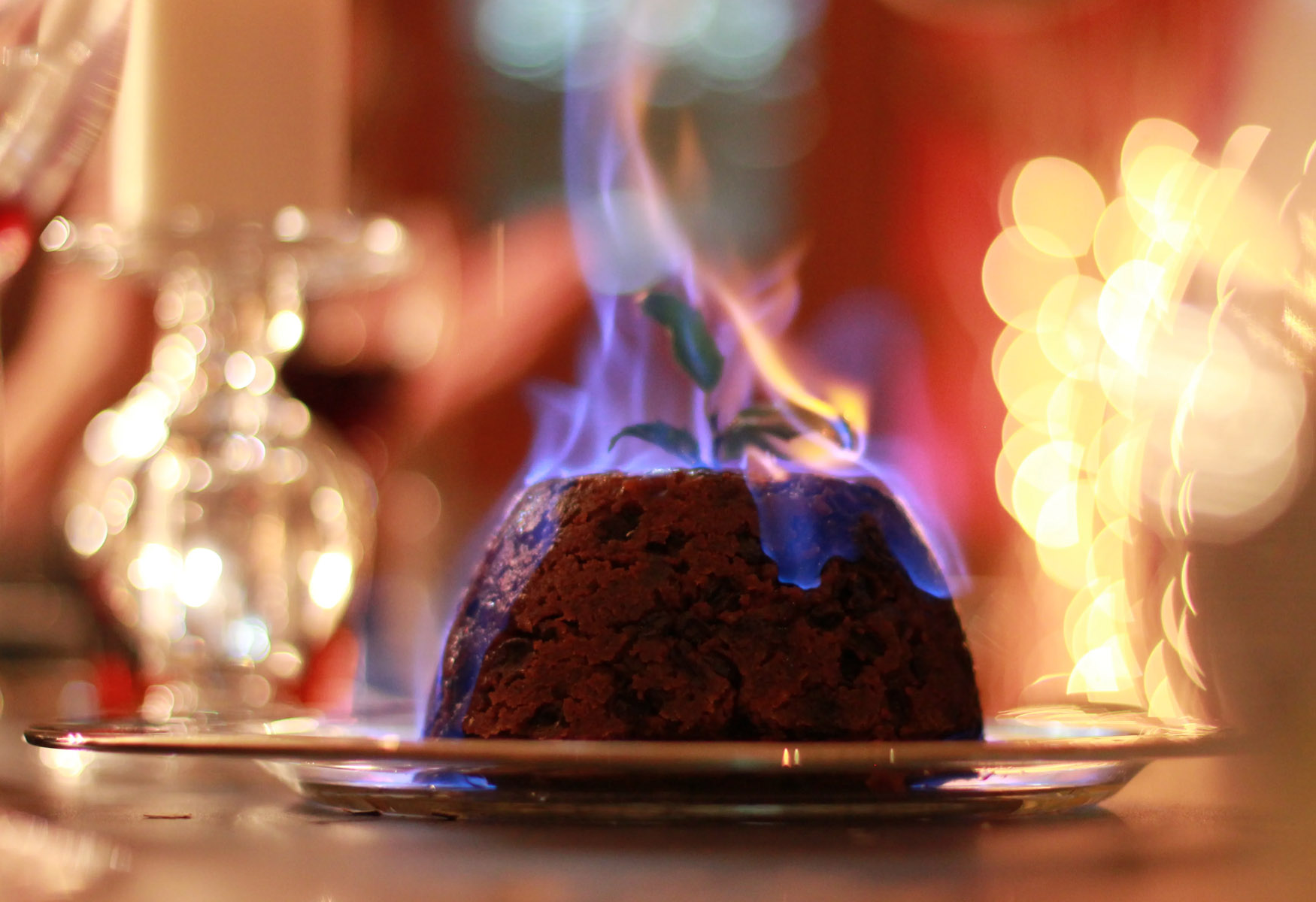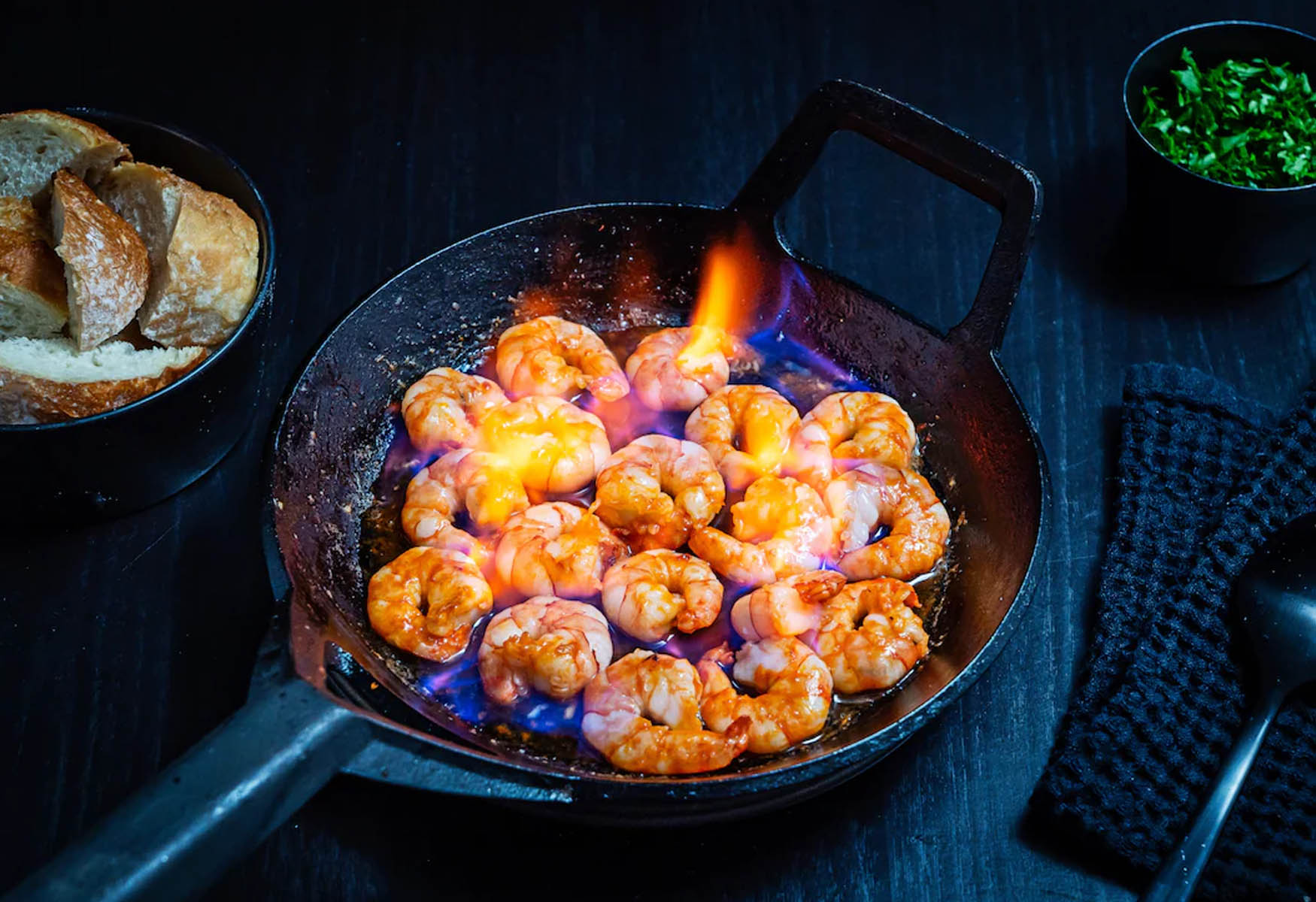Mastering the Art of Sauteing in a Dutch Oven
When it comes to cooking, sautéing is a fundamental technique that can elevate the flavors of your dishes. And if you have a Dutch oven in your kitchen, you have a versatile tool that can help you achieve delicious sautéed dishes with ease. Whether you’re a novice cook or a seasoned chef, mastering the art of sautéing in a Dutch oven can take your culinary skills to the next level.
Choosing the Right Dutch Oven
Before you start sautéing in a Dutch oven, it’s important to choose the right one for the job. Look for a Dutch oven that is made of heavy-duty material, such as cast iron or enameled cast iron. These materials distribute heat evenly, which is crucial for sautéing. Additionally, a Dutch oven with a tight-fitting lid will help trap moisture and flavors, resulting in perfectly sautéed dishes.
Preparing Your Ingredients
Before you begin sautéing, it’s essential to prepare your ingredients. This includes chopping vegetables, trimming meats, and gathering any additional seasonings or aromatics you plan to use. Having everything ready to go before you start sautéing will help ensure that the process goes smoothly.
The Sauteing Process
Now that you have your Dutch oven and ingredients ready, it’s time to start sautéing. Follow these steps to achieve sautéed perfection:
- Preheat the Dutch oven: Place the Dutch oven on the stovetop over medium-high heat. Allow it to preheat for a few minutes to ensure even cooking.
- Add oil or fat: Once the Dutch oven is hot, add a small amount of oil or fat to the pot. This will help prevent sticking and add flavor to your ingredients.
- Add the ingredients: Carefully add your ingredients to the Dutch oven. Be mindful of the hot oil or fat to avoid splattering.
- Sauté the ingredients: Use a spatula or wooden spoon to move the ingredients around in the Dutch oven. This helps them cook evenly and develop flavorful caramelization.
- Monitor the heat: Adjust the heat as needed to prevent burning or uneven cooking. Sautéing is a relatively quick cooking method, so keep a close eye on the process.
- Finish and season: Once your ingredients are beautifully sautéed, remove the Dutch oven from the heat and season your dish to taste. Enjoy your delicious creation!
Benefits of Sautéing in a Dutch Oven
Sautéing in a Dutch oven offers several advantages, including:
- Even heat distribution: The heavy-duty construction of a Dutch oven ensures that heat is distributed evenly, preventing hot spots and promoting consistent cooking.
- Flavor retention: The tight-fitting lid of a Dutch oven helps trap moisture and flavors, resulting in incredibly flavorful sautéed dishes.
- Versatility: Dutch ovens can be used on the stovetop and in the oven, making them incredibly versatile for sautéing a wide range of ingredients.
- Durable construction: Dutch ovens are built to last, making them a worthwhile investment for your kitchen.
Experiment and Enjoy
Now that you’ve learned the basics of sautéing in a Dutch oven, don’t be afraid to experiment with different ingredients, seasonings, and cooking techniques. Whether you’re sautéing vegetables, searing meats, or creating flavorful sauces, the Dutch oven is a valuable tool that can help you achieve outstanding results in the kitchen. So, roll up your sleeves, gather your ingredients, and start sautéing your way to culinary greatness!
Using a Dutch oven to sauté opens up a world of delicious possibilities. For starters, the Classic Beef Stroganoff provides a rich, creamy experience perfect for a cozy meal. Those looking for a lighter option might enjoy Sautéed Garlic Shrimp, where the Dutch oven helps to lock in the flavors. Vegetarians can try the Vegetable Stir-Fry, bursting with fresh, vibrant flavors. Another great choice is Sautéed Mushrooms with Garlic and Thyme, which brings out the earthy flavors of the mushrooms. Sautéed Brussels Sprouts with Bacon offers a delightful combination of smoky and savory notes. Finally, Lemon Butter Salmon is a fantastic way to achieve a perfectly cooked, flaky fish with a tangy twist. Each of these recipes benefits immensely from the even heat distribution and versatility of a Dutch oven, making them an excellent way to practice and refine your sautéing skills.
